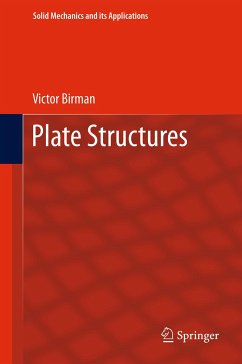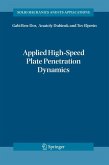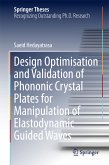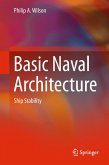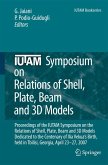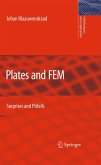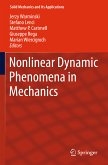Plate structures are used in almost every area of engineering, including aerospace and naval architecture, civil engineering, and electronics. These structures have diverse geometries and have to withstand a wide range of loading conditions. This book provides the theoretical foundations of the theories of plates manufactured from various materials, outlines and illustrates the methods used for the analysis of these structures, and emphasizes designs and solution techniques available to an engineer. The book is written for engineers working in industry, graduate students at aerospace, mechanical, civil engineering and naval architecture departments, and investigators interested in the development of the theory of plates and related subjects. While the mathematical modeling employed in the book is understandable to both engineers and graduate students, the book also provides insight into relevant phenomena and theories underlying plate structures. Thus, the reader is equipped with a thorough understanding of the problems and appropriate assumptions, even if the analysis is conducted using commercially available software codes. In addition, the book includes numerous analytical solutions that can confidently be used in the design of plate structures. The combination of theoretical insight and references to practical problems makes the book equally attractive to academia and industry.
Dieser Download kann aus rechtlichen Gründen nur mit Rechnungsadresse in A, B, BG, CY, CZ, D, DK, EW, E, FIN, F, GR, HR, H, IRL, I, LT, L, LR, M, NL, PL, P, R, S, SLO, SK ausgeliefert werden.

